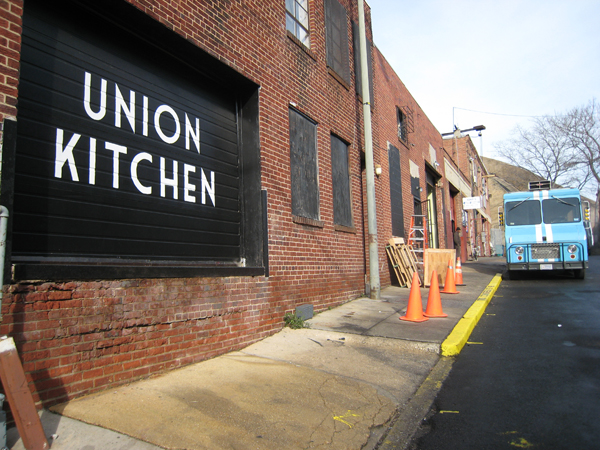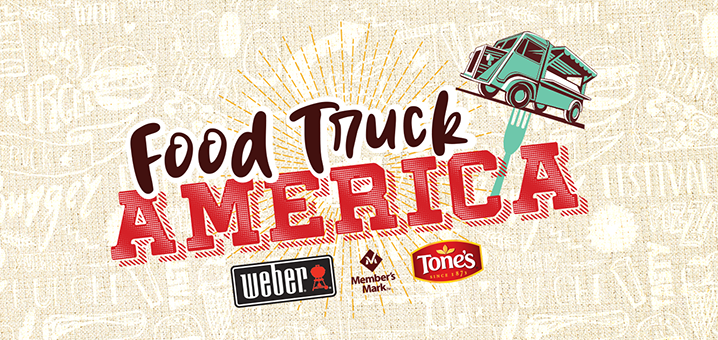A lot about the white-hot food truck industry might seem inherently greener. Trucks are smaller than restaurants, go directly to their customers, and often source local ingredients. But is buying your lunch from a truck really better for the environment than buying it from a bricks-and-mortar restaurant? Might it, in fact, be worse?

Washington, D.C.’s Union Kitchen, a commissary used by Curbside Cupcakes and TaKorean food trucks. (Sara Johnson)
Pitting food trucks against bricks-and-mortar lunch spots on their relative greenness isn’t a simple task. Food trucks tend to operate for only a few hours a day and focus on just one meal, while bricks-and-mortar locations generally offer a wider menu, stay open longer and can see several surges of customers throughout the day. Location and corresponding foot traffic also play a role, as trucks have the ability to drive — on-demand — to their customers, while traditional restaurants must rely on traffic from a set location.
Further complicating the comparison is that many cities require truck operators to prepare their food out of a commissary or approved shared kitchen facility. In Washington, D.C., for example, truck owner Che Ruddell-Tabisola of BBQ Bus cooks out of a catering kitchen in Alexandria, Virginia, which means he drives his truck to and from downtown D.C. each day.
Perhaps the biggest eco-con for food trucks is the amount of off-the-grid fuel needed for both running the truck itself and powering the generator to run any on-board cooking equipment. But the degree of on-board power use can vary widely depending on the food served and what type of cooking is done on the truck itself. Kim Ima, owner of New York City’s The Treats Truck, bakes all of her cookies, cupcakes, and other baked sweets in her bricks-and-mortar shop in Brooklyn, so her generator only needs to power a hand washing sink, lights, and the cash register on the truck itself.
There are other factors that contribute to environmental footprints that are shared by both standing and moving restaurants. To-go containers and corresponding trash, for instance.
As for bricks-and-mortar restaurants on their own, a 2011 report
Over the past 20 years, the typical floor plate size has changed (often shrinking), and the number of meals served at each store has increased. Hours of operation, operational practices, and the number and type of appliances also have a discernable influence on energy use. The authors’ experience has shown that the absence or presence of seating in conditioned space, location and customer traffic patterns, climate zone, absence or presence of automated control systems (time clocks, building energy management systems), facility type (stand-alone building, interior space in a larger building, etc.), type of walk-in refrigeration, and the amount of outside and parking lot lighting included in the utility bill are also factors.
Find the entire article by Sara Johnson at The Atlantic Cities <here>



